When it comes to upgrading the look of your cabinets, one of the simplest and most cost-effective solutions is to install new cabinet hardware. However, even the most beautiful hardware can look shoddy if it’s installed poorly. That’s why we’ve put together this comprehensive guide to help you install cabinet hardware like a pro.

Why Cabinet Hardware is Important
Cabinet hardware serves two main purposes: functionality and aesthetics. The right hardware can make it easier to open and close your cabinets, while also enhancing their visual appeal. Choosing the right hardware can help tie together the overall style of your kitchen or bathroom, whether you prefer a modern, minimalist look or a more traditional, ornate style.
Tools Needed for Installation
Before you begin, it’s important to gather the necessary tools and materials. You’ll need a drill, a 3/16″ drill bit, a tape measure, a pencil, a screwdriver, and of course, the hardware itself. Make sure you have all the necessary components and that they’re the correct size for your cabinets.
Selecting the Right Cabinet Hardware
The first step in installing cabinet hardware is to choose the right pieces for your cabinets. You’ll want to consider the style of your cabinets, as well as the overall aesthetic of your kitchen or bathroom. Choose hardware that complements the style and finish of your cabinets, whether you prefer sleek stainless steel handles or ornate brass knobs. Measure the distance between the screw holes on your hardware and mark this on your cabinet to ensure accurate placement.
Preparing for Installation
Now that you’ve chosen the perfect hardware, it’s time to prepare your cabinets for installation. Remove any old hardware and fill any holes with wood filler. Clean the cabinet surface with soap and water, and dry thoroughly. Measure and mark where you want to place your new hardware, ensuring that they’re level and in line with each other.
Installing Cabinet Knobs
If you’re installing cabinet knobs, you’ll need to drill pilot holes in the marked spots. Use a drill bit that’s slightly smaller than the screws that came with your hardware. Insert the screws through the back of the cabinet and into the knob, tightening with a screwdriver. Make sure the knobs are straight and level before tightening completely.
Installing Cabinet Pulls
If you’re installing cabinet pulls, you’ll need to drill holes in the marked spots. Use a drill bit that’s the same size as the screws that came with your hardware. Insert the screws through the front of the cabinet and into the pull, tightening with a screwdriver. Make sure the pulls are straight and level before tightening completely.
Finishing Touches
Once you’ve installed all your hardware, step back and admire your handiwork. Make sure everything is level and straight, and tighten any loose screws. Clean up any dust or debris and enjoy your newly updated cabinets!
With this guide, you’ll be able to install cabinet hardware like a pro, enhancing the overall look and functionality of your cabinets. Remember to choose hardware that complements your existing cabinetry, and take the time to measure and mark your placement before drilling any holes. With a little patience and attention to detail, you’ll have beautiful new cabinets in no time.




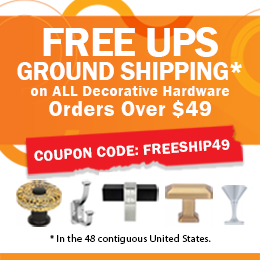

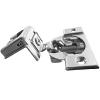




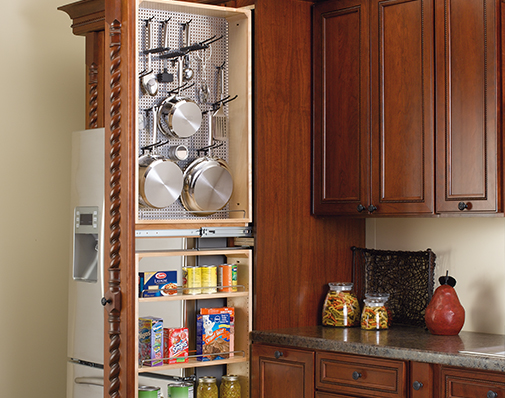
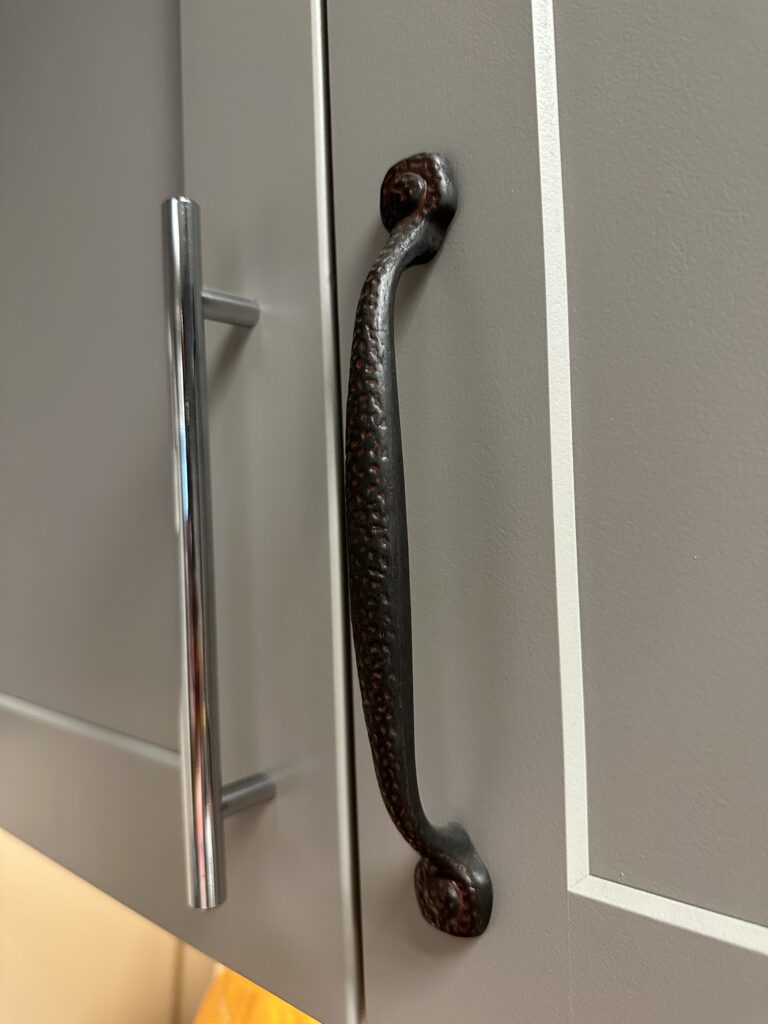

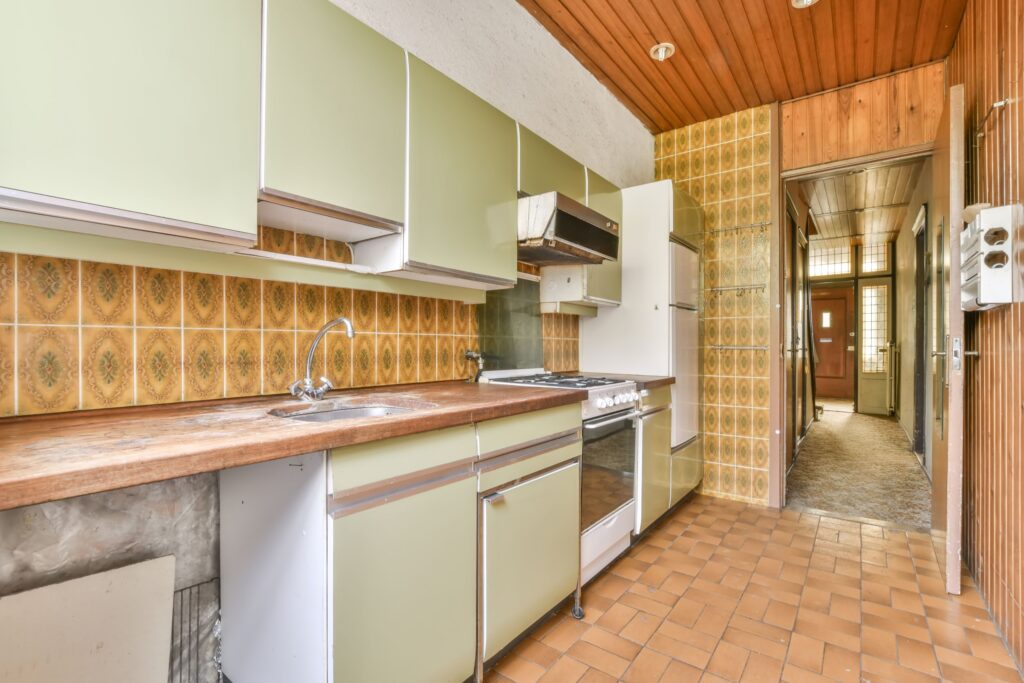
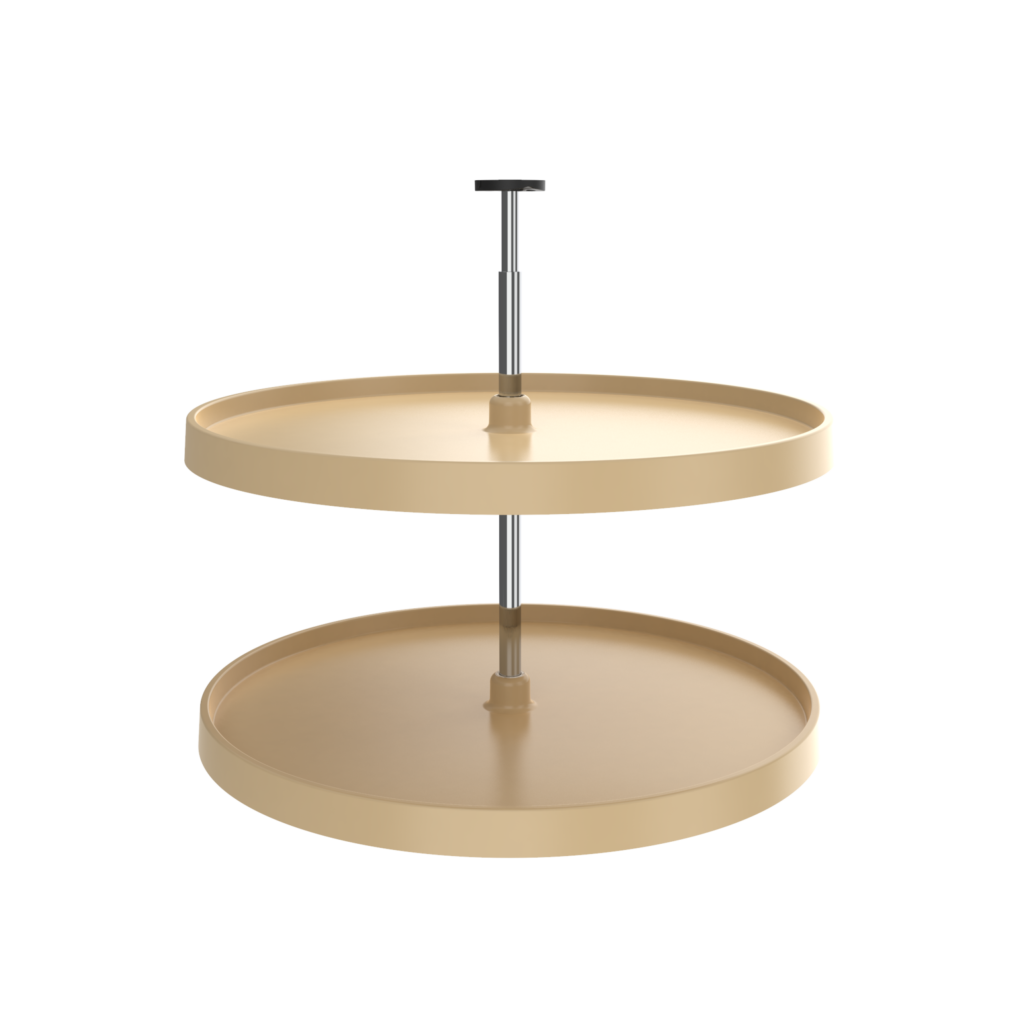
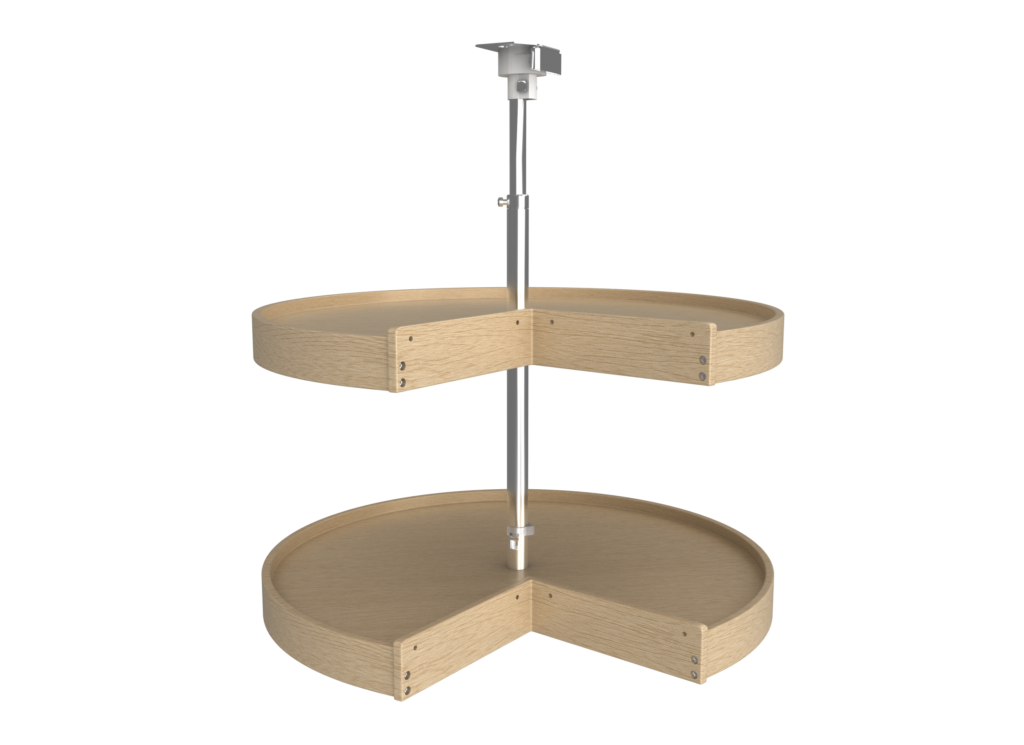
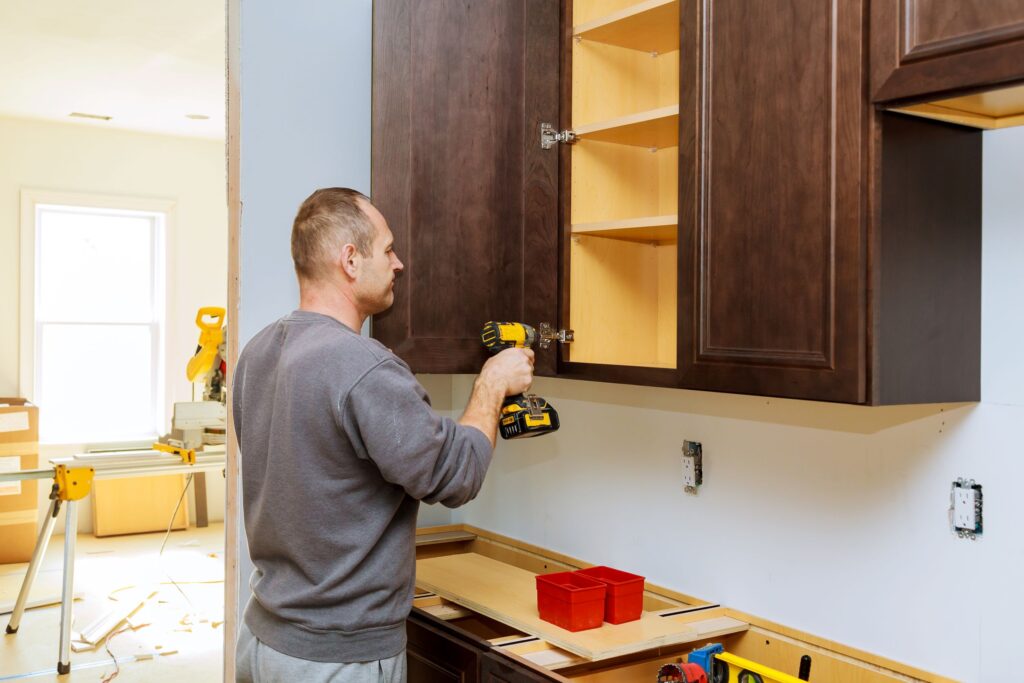
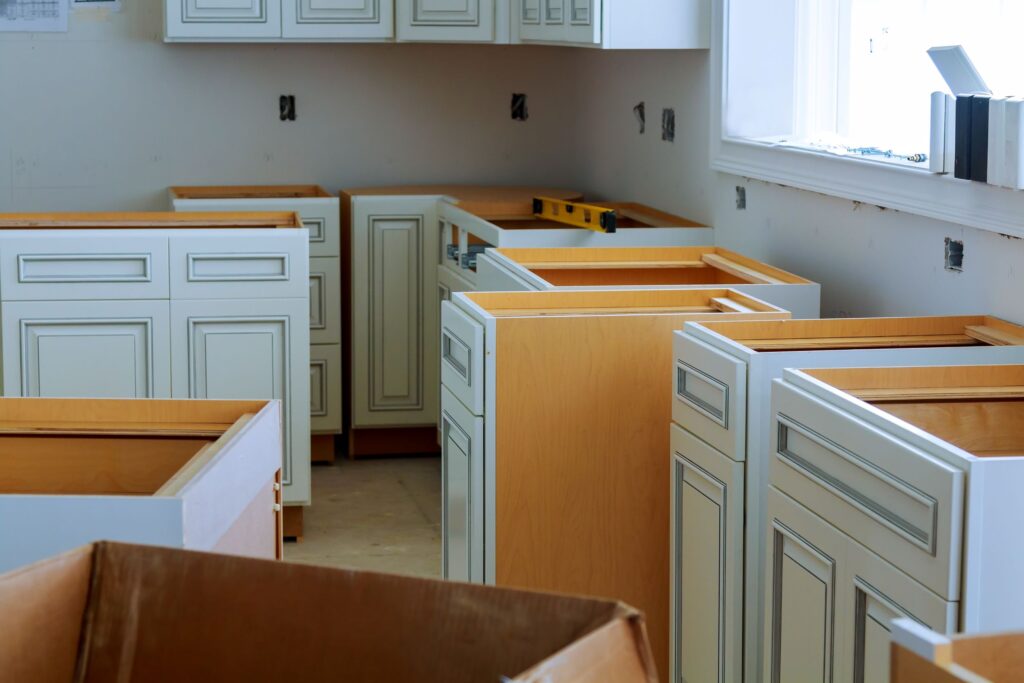
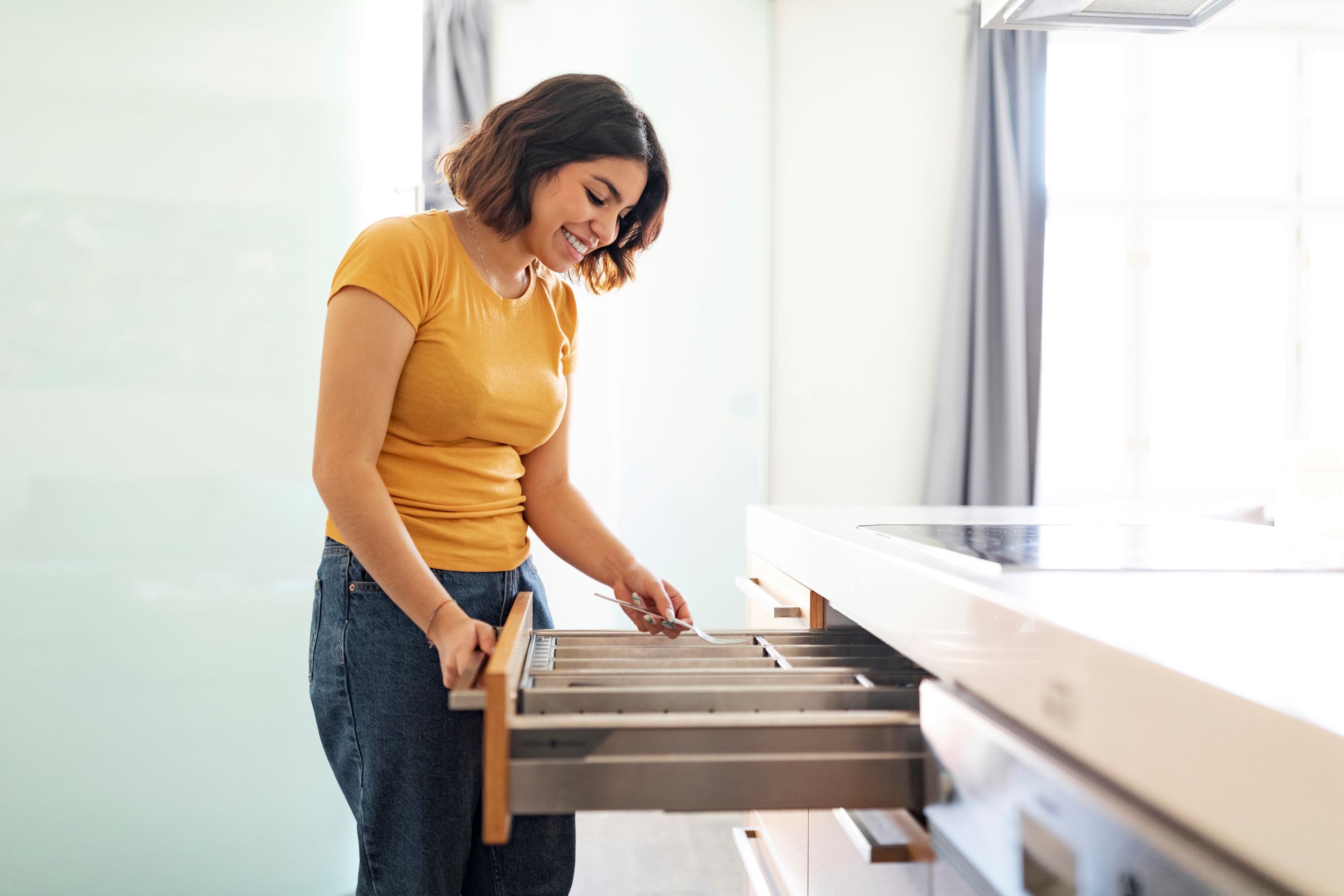

 Do Not Sell My Personal Information
Do Not Sell My Personal Information